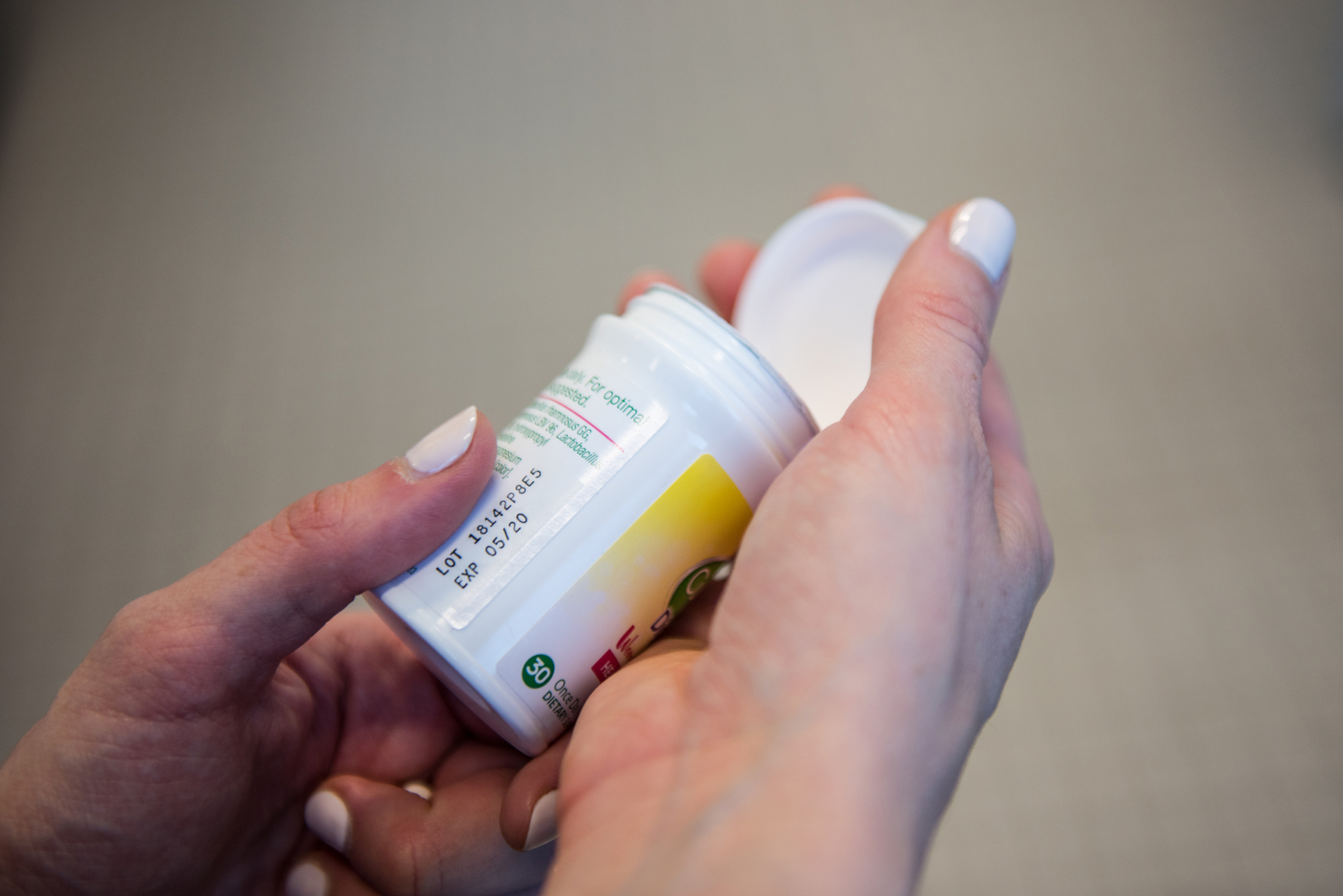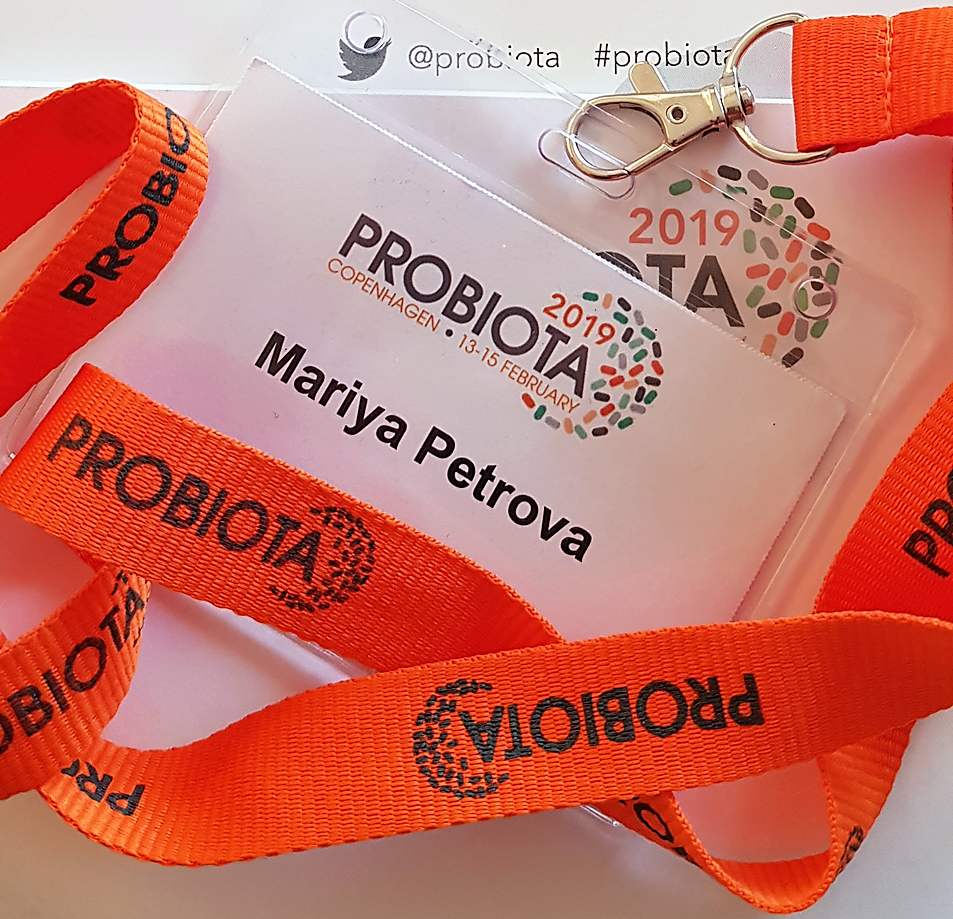1-5 of 5 results
-

Pasteurized Akkermansia muciniphila as a postbiotic: EFSA approval and beyond
By Prof. Seppo Salminen, University of Turku, Finland Earlier this year, the European Food Safety Authority (EFSA) delivered an opinion… -

‘Probiotic’ on food labels in Europe: Spain adopts a pioneering initiative
By Silvia Bañares, PhD in commercial law, attorney Barcelona Bar Association, Spain; and Miguel Gueimonde, Departamento de Microbiología y Bioquímica de… -

EFSA’s QPS committee issues latest updates
By Bruno Pot, PhD, Vrije Universiteit Brussel and Mary Ellen Sanders, PhD, Executive Science Officer, ISAPP On July 2nd, the… -

The FDA’s view on the term probiotics, part 2: Further down the rabbit hole
By James Heimbach, Ph.D., F.A.C.N., JHEIMBACH LLC, Port Royal, VA A number of weeks ago I wrote on the ISAPP… -

Challenges ahead in the probiotic field – insights from Probiota 2019
By Dr. Mariya Petrova, Microbiome insights and Probiotics Consultancy (MiP Consultancy), Bulgaria. Recently, I attended the Probiota Conference, which brings…